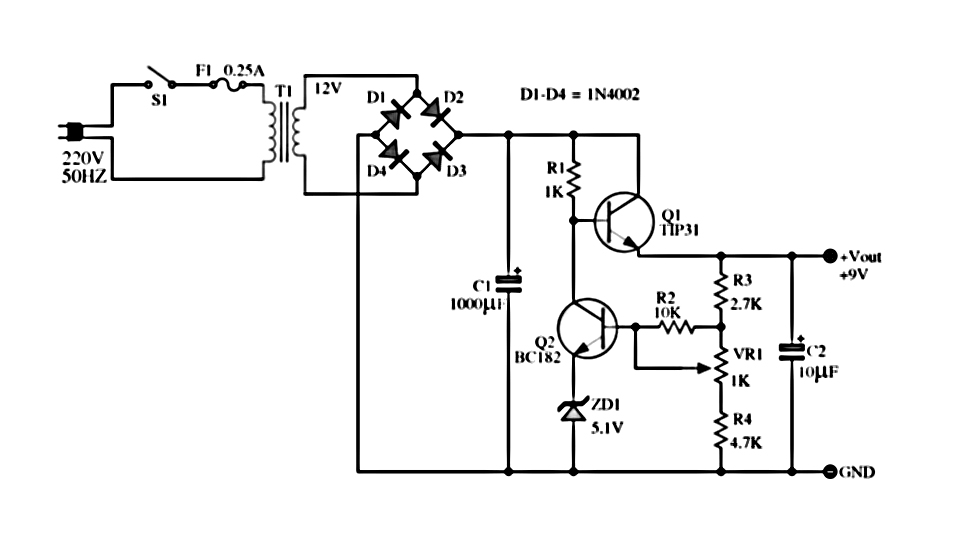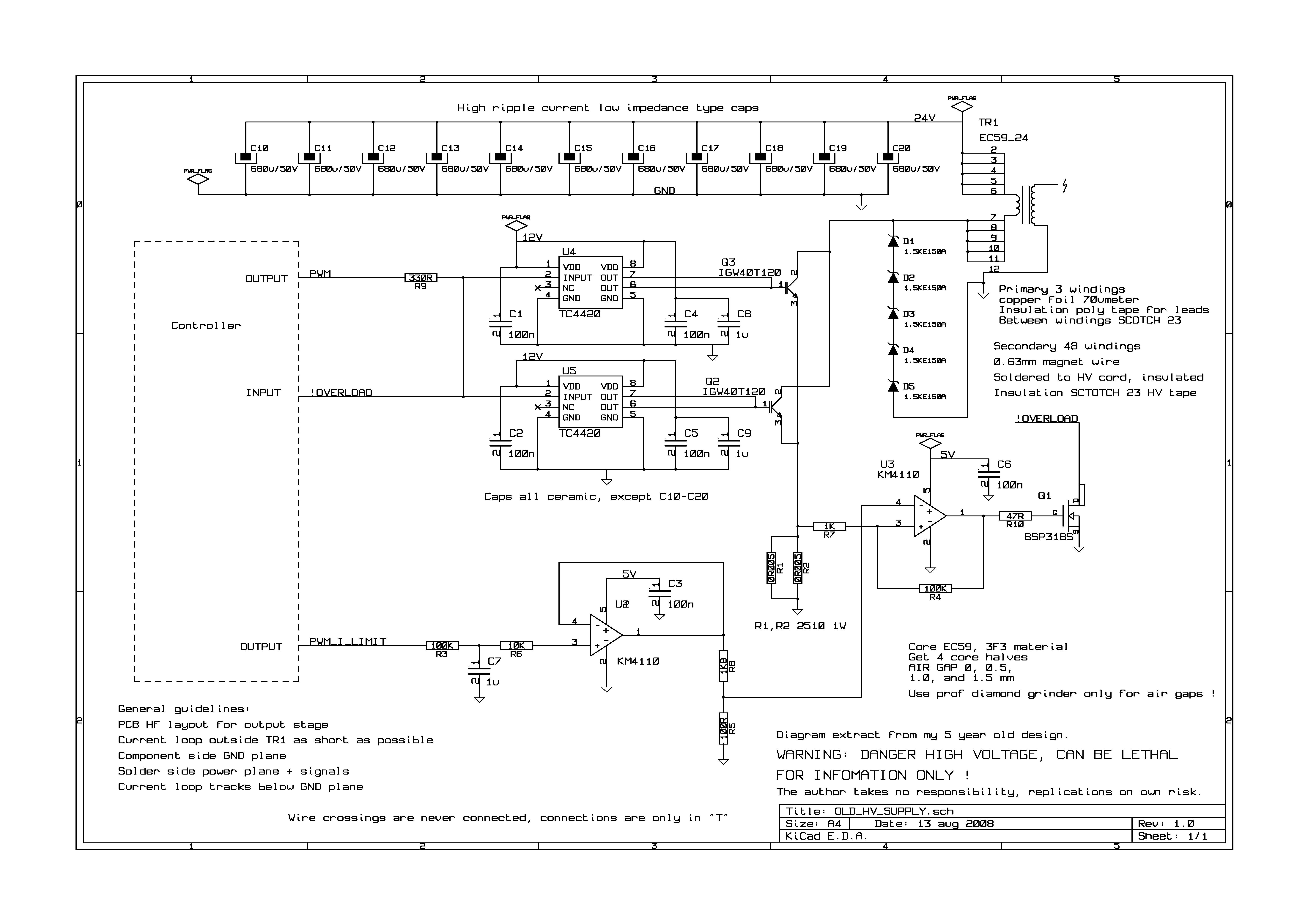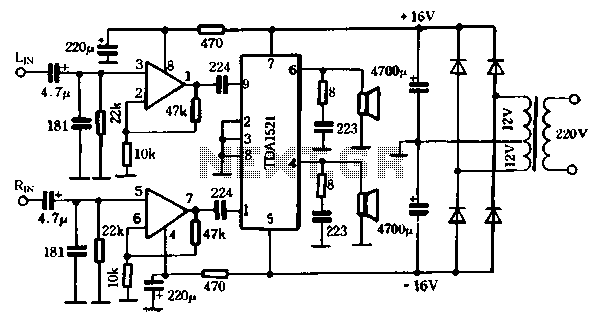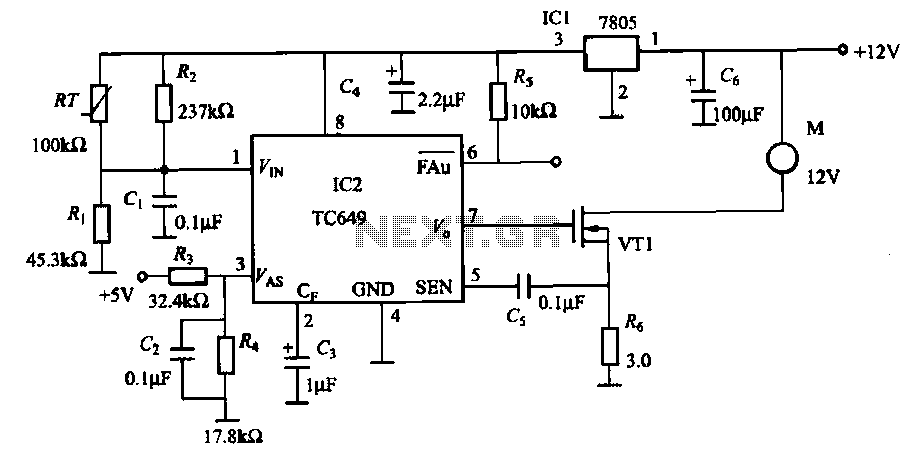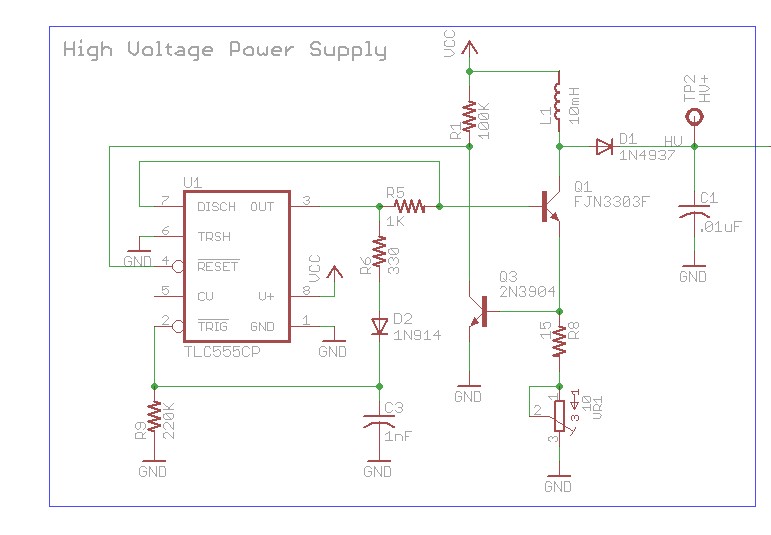
Three-phase square wave signal oscillator circuit
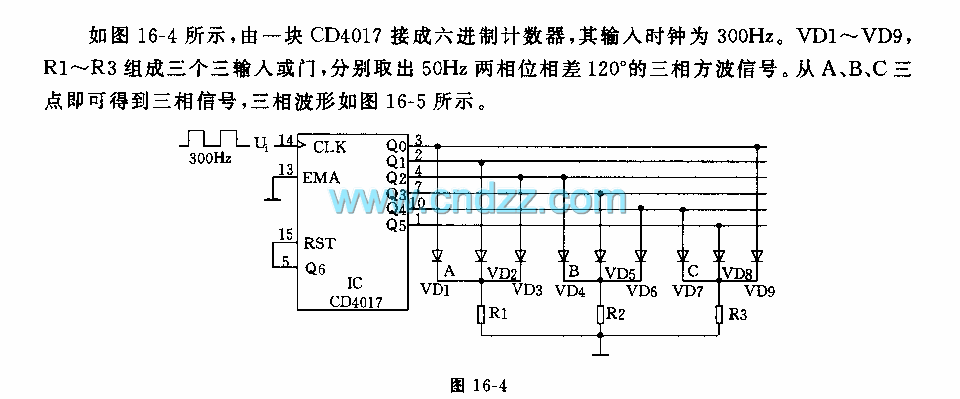
A CD4017 is configured as a senary counter, with an input clock frequency of 300 Hz. Diodes VD1 to VD9 and resistors R1 to R3 form three three-input OR gates, which can each receive two 50 Hz three-phase wave signals that are 120 degrees out of phase. Outputs A, B, and C provide the three-phase signals, as illustrated in Figure 16-5.
The circuit employs the CD4017 decade counter, which is capable of counting up to ten, but in this configuration, it is utilized as a senary (six-state) counter. The input clock frequency of 300 Hz allows the counter to cycle through its states at a rapid pace, producing output signals that can be used for various applications, such as driving motors or controlling other electronic devices.
The arrangement of diodes VD1 to VD9 and resistors R1 to R3 creates three three-input OR gates. These gates are crucial for combining the two 50 Hz three-phase signals, which are phase-shifted by 120 degrees. Each OR gate effectively sums the inputs, resulting in a single output that represents the combined signal. The outputs of these gates are designated as A, B, and C, which correspond to the three-phase signals required for the application.
The three-phase signals produced are essential for applications that require balanced loads, such as three-phase motors or power systems. The 120-degree phase difference between the signals ensures that the outputs are evenly distributed, which is critical for maintaining system stability and efficiency. The schematic representation in Figure 16-5 further illustrates the relationships between the components and the generated signals, providing a clear understanding of the circuit's functionality.
Overall, this configuration effectively demonstrates the use of a CD4017 counter in conjunction with OR gates to generate synchronized three-phase signals, showcasing its practical application in electronic systems.As shown in Figure 16-4, a CD4017 is connected as senary counter, and the input clock is 300Hz.VD1 ~ VD9, R1 ~ R3 form the three three-input OR gates, which can respectively get two 50Hz three-phase wave signal with 120 degrees phase difference. A, B, C can obtain three -phase signal, and it is shown in Figure 16-5.. 🔗 External reference
The circuit employs the CD4017 decade counter, which is capable of counting up to ten, but in this configuration, it is utilized as a senary (six-state) counter. The input clock frequency of 300 Hz allows the counter to cycle through its states at a rapid pace, producing output signals that can be used for various applications, such as driving motors or controlling other electronic devices.
The arrangement of diodes VD1 to VD9 and resistors R1 to R3 creates three three-input OR gates. These gates are crucial for combining the two 50 Hz three-phase signals, which are phase-shifted by 120 degrees. Each OR gate effectively sums the inputs, resulting in a single output that represents the combined signal. The outputs of these gates are designated as A, B, and C, which correspond to the three-phase signals required for the application.
The three-phase signals produced are essential for applications that require balanced loads, such as three-phase motors or power systems. The 120-degree phase difference between the signals ensures that the outputs are evenly distributed, which is critical for maintaining system stability and efficiency. The schematic representation in Figure 16-5 further illustrates the relationships between the components and the generated signals, providing a clear understanding of the circuit's functionality.
Overall, this configuration effectively demonstrates the use of a CD4017 counter in conjunction with OR gates to generate synchronized three-phase signals, showcasing its practical application in electronic systems.As shown in Figure 16-4, a CD4017 is connected as senary counter, and the input clock is 300Hz.VD1 ~ VD9, R1 ~ R3 form the three three-input OR gates, which can respectively get two 50Hz three-phase wave signal with 120 degrees phase difference. A, B, C can obtain three -phase signal, and it is shown in Figure 16-5.. 🔗 External reference
